El Monumento y Museo Cabeza de Juárez fue planeado como un monumento al centenario de la muerte de Benito Juárez en 1872. Se inició durante la administración del presidente Luis Echeverría Álvarez (1970-1976).
El proyecto fue dirigido por el arquitecto Lorenzo Carrasco con la asistencia del ingeniero y arquitecto Miguel Ramírez Bautista. Se planeó que el muralista David Alfaro Siqueiros, famoso por los elementos tridimensionales de sus coloridos y muy respetados murales, se encargara de la pintura. Desafortunadamente, murió en 1974.
En ese momento, Luis Arenal Bastar, cuñado de Siqueiros y también muralista, se hizo cargo del proyecto. Durante cuatro años fue cobrando vida y el monumento finalmente se inauguró en 1976. Sólo la cabeza mide trece metros de alto y nueve metros de ancho. Se puede decir que es un ícono que identifica el este de la ciudad.
El monumento es famoso hoy en día por reflejar el espíritu del Taller de Gráfica Popular, fundado por Arenal en 1937. Fue una organización comunista militante y gran parte del arte del taller sigue influyendo hasta el día de hoy. Arenal completó murales en el Hospital Bellevue de Nueva York y colaboró en muchos otros, tanto en Estados Unidos como en México. También trabajó en múltiples proyectos de arquitectura e ingeniería. Arenal es quizás aún más famoso por haber cofundado el Salón de la Plástica Mexicana en 1949, la cual sigue siendo una de las organizaciones de artes visuales más influyentes de México.
Desafortunadamente, el monumento fue prácticamente abandonado poco después de su inauguración y, durante casi 25 años, fue descuidado. Apenas en el año 2000 fue tomado nuevamente por el Ayuntamiento, y restaurado. Como centro cultural, no siempre ha funcionado según lo previsto. Como museo público, cuenta con exposiciones permanentes sobre la vida política y pública del presidente Juárez y también contiene murales en las paredes interiores. Estas reflejan temas socialistas y nacionalistas, distintivos del movimiento muralista. El museo también acoge conciertos, talleres y actividades culturales y artísticas.
Hoy en día, la Cabeza de Juárez es un punto de referencia muy conocido. Es una señal clara para la mayoría de los conductores diarios en la Avenida Zaragoza de que van camino a Puebla.
Ubicado justo afuera de Metro Guelatao, llamado así por la ciudad natal de Benito Juárez en Oaxaca, es un paseo sencillo.
Horario: martes a domingo 10:00 a 17:00 horas.
 museocabezadejuarez@hotmail.com
museocabezadejuarez@hotmail.com
 +525554451160
+525554451160
 http://sic.conaculta.gob.mx/ficha.php?table=museo&table_id=547
http://sic.conaculta.gob.mx/ficha.php?table=museo&table_id=547
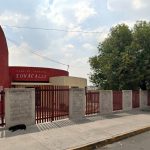
Cercano a 0.32 kms.
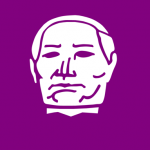
Cercano a 0.49 kms.
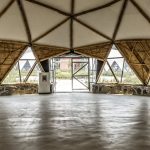
Cercano a 0.50 kms.
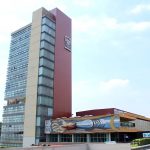
El punto central del campus de CU de la UNAM...
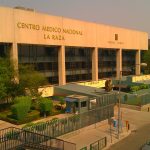
Uno de los centros médicos más importantes de la Ciudad de México....
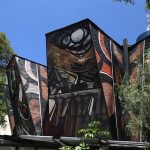
Este sorprendente centro cultural histórico es uno de los lugares más fotografiados de la ciudad.
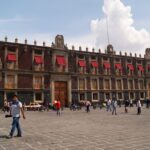
El antiguo edificio de la aduana hoy muestra parte de la extensa colección de arte de la SEP.
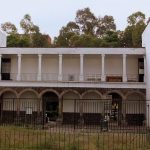
Uno de los sitios más antiguos de Tlatelolco es la antigua sede del gobierno Indígena.